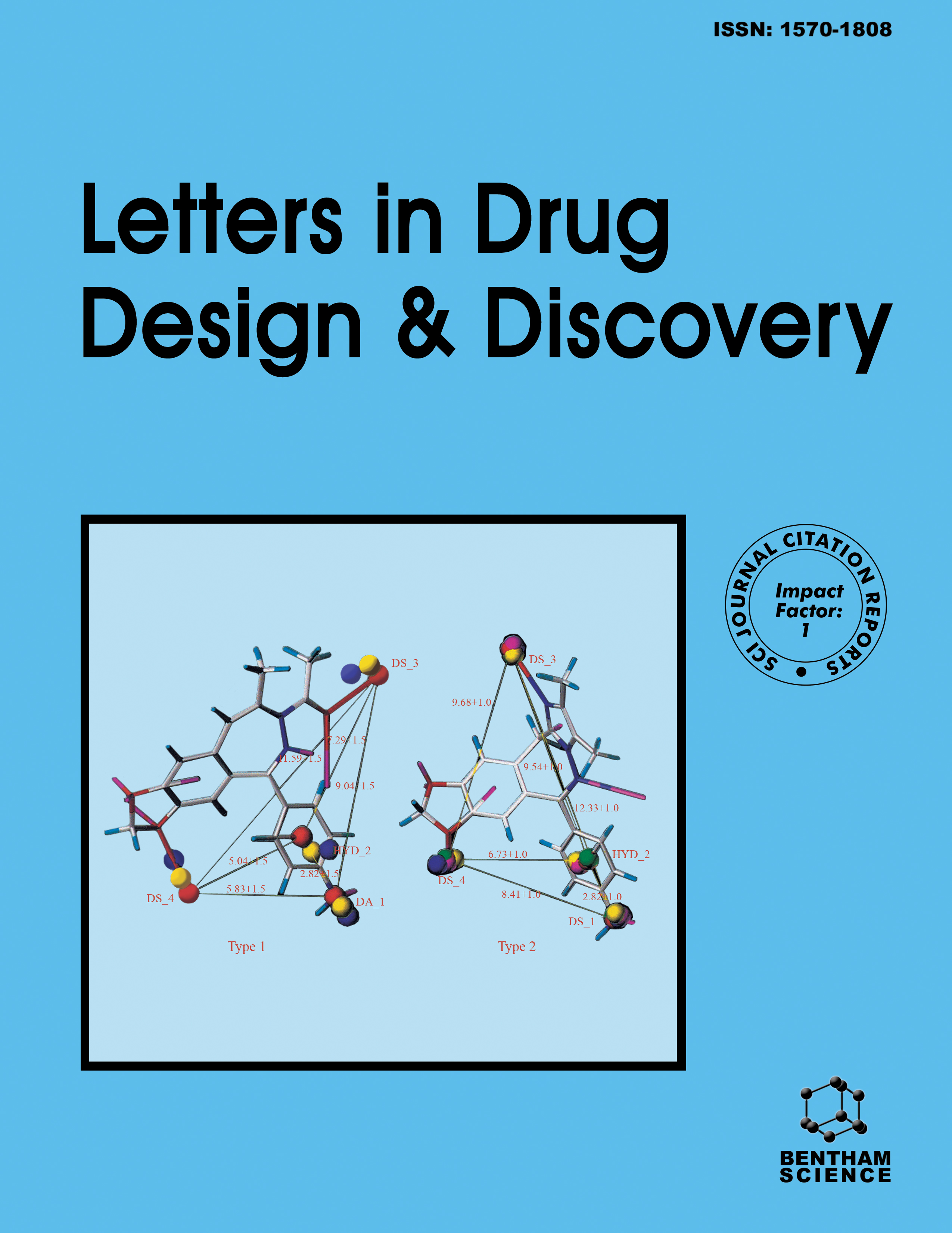
Full text loading...
We use cookies to track usage and preferences.I Understand
Advances in nanotechnology have revealed innovative applications in pharmaceutical sciences to solve unmet medical needs. Over the past decades, antibiotic resistance has emerged as a global concern. This catastrophic phenomenon, with a rapid increase in frequency, indicates the urgent need for the introduction of new approaches. In this respect, as a class of inorganic nanomaterials, mesoporous silica nanoparticles (MSNs) are of interest. Amongst, MCM-41 (MCM-Mobil Composition of Matter) possesses many advantages suitable for biomedical applications such as high pore volume, large surface area capacity, and controlled release properties as well as high bioavailability.
In the current study, we aimed to develop a new drug delivery platform of ciprofloxacin (CIP) to combat antibiotic resistance practically using MSNs.
The MCM-41 nanoparticles were synthesized using surfactant as the templating agent. Afterward, drug molecules were loaded in the prepared mesoporous structure, and several experiments were conducted to assess physicochemical properties. As well, the encapsulation efficiency, release profile, and antibacterial properties were also evaluated.
The CIP-loaded MCM-41 (CIP@MCM-41) nanoparticles represented good physicochemical properties. The results of the DLS method showed a particle size of 93.73 nm with a low polydispersity index (PDI) of 0.21, while SEM imaging demonstrated spherical particles with relative shape uniformity and size distribution. The encapsulation efficacy of MCM-41 MSNs for CIP was measured to be 28.7% ± 0.37 followed by negligible changes over 60 days. The release profile of CIP from prepared nanoparticles was also demonstrated to follow the zero-order kinetic model. Moreover, CIP@MCM-41 nanoparticles exhibited high antibacterial properties against test microorganisms (Escherichia coli, Klebsiella pneumoniae, Staphylococcus epidermidis, and Micrococcus luteus).
The current formulation could be a promising candidate for the delivery of therapeutic agents to combat antibiotic resistance and promote public health.

Article metrics loading...

Full text loading...
References


Data & Media loading...

